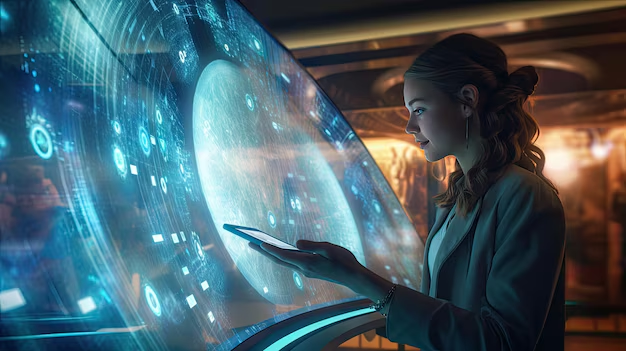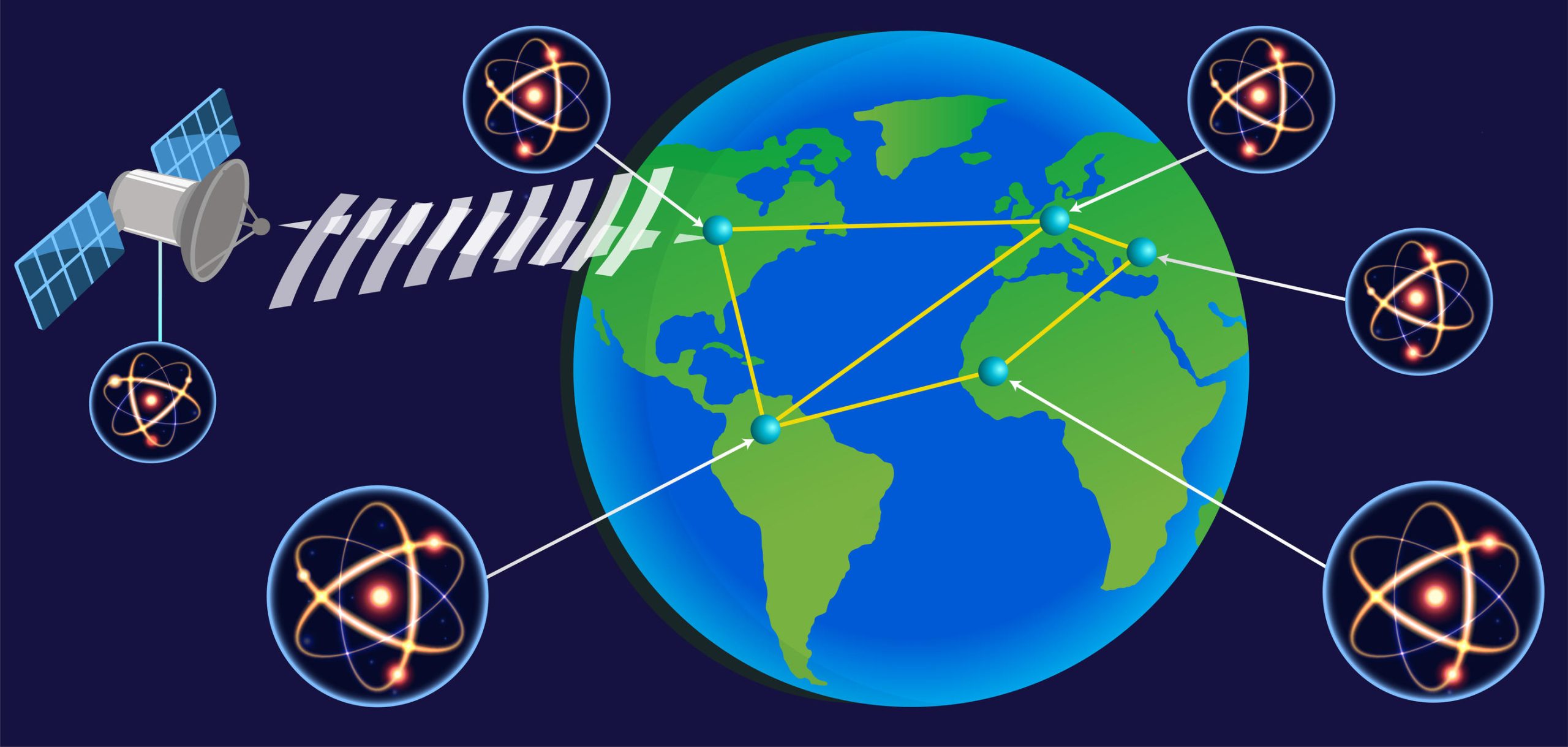justineanweiler.com – The idea of holograms has captivated imaginations for decades, popularized by science fiction movies and television shows. From the iconic holographic messages in Star Wars to fully immersive virtual environments, the dream of interacting with 3D, life-like projections seems futuristic, but is it possible? As technology advances, the question becomes less about if we’ll have holograms in the future and more about when they will become a part of our everyday lives. Let’s explore the current state of holographic technology and its potential future applications.
1. What Are Holograms?
A hologram is a 3D image created by the interference of light beams that reflect physical objects. Unlike traditional images, holograms offer depth, making them appear lifelike and viewable from multiple angles. While simple holograms already exist today—such as those seen on credit cards or certain security labels—true, interactive holographic experiences are still in the developmental phase.
2. The Current State of Holographic Technology
- Basic Holograms: We already have some level of holography in entertainment and marketing. For example, in 2012, a hologram of the late rapper Tupac Shakur performed at the Coachella music festival, sparking global interest. However, this was not a true 3D hologram but rather a clever projection technique known as Pepper’s Ghost, which creates a hologram-like illusion.
- Interactive Holograms: Companies like Microsoft, through devices like the HoloLens, have created augmented reality (AR) headsets that allow users to interact with 3D objects in a virtual space. These aren’t free-floating holograms, but they represent a significant step toward immersive experiences where users can interact with digital elements as if they were real.
- Holographic Displays: Companies like Looking Glass Factory and Light Field Lab are developing holographic displays capable of projecting 3D content without the need for specialized glasses or headsets. These displays create the illusion of depth and allow users to view 3D content from different angles. Although still in early stages, this technology shows promise for future consumer use.
3. Challenges in Creating True Holograms
While the technology is advancing, there are several key challenges to creating practical, large-scale holographic systems:
- Data and Processing Power: Holograms require an immense amount of data to create realistic images with depth, color, and detail. Rendering these in real-time, especially for live interactions, requires significant processing power and bandwidth that current technology is only beginning to manage.
- Light Manipulation: To create a convincing hologram, light must be manipulated in highly complex ways to project images that appear fully 3D. This involves not only projecting light but also capturing it from different angles, which requires sophisticated optical systems.
- Cost and Accessibility: Producing high-quality holographic displays and systems remains expensive. For holograms to become mainstream, the technology will need to be cost-effective enough for everyday consumers and businesses.
4. Holograms of the Future: Potential Applications
Despite the challenges, the potential applications for holograms are vast, and the technology could revolutionize multiple industries.
- Entertainment: Imagine watching a movie or live concert where the performers are projected as 3D holograms into your living room, creating an immersive experience without needing VR headsets or glasses.
- Communication: Holographic video calls, akin to what we see in science fiction, could become a reality. Instead of looking at a flat screen, you could have a 3D conversation with someone in real-time, giving the sense that the person is physically present.
- Education and Training: Holograms could offer new ways to learn and train. In medical schools, for example, students could interact with 3D holographic models of the human body for hands-on learning. In engineering, designers could manipulate 3D holographic models to explore different prototypes.
- Retail and Advertising: Retailers could use holograms to allow customers to see and interact with products before making purchases. In advertising, holographic displays could provide eye-catching visuals that stand out from traditional ads.
- Healthcare: Surgeons could use holographic images of organs or tissues to perform more precise surgeries, while doctors could interact with patients remotely via holographic projections, providing more personalized care even from a distance.
5. Technological Roadmap: When Can We Expect Holograms?
While some form of holographic technology already exists, full-scale, interactive, 3D holograms are likely still a few years—or even decades—away from becoming mainstream. The technology is progressing, but it needs more breakthroughs in areas like optics, light manipulation, and data processing.
- Short-term (Next 5-10 years): We are likely to see more advanced holographic displays used in specific industries like advertising, education, and retail. Augmented reality (AR) will also continue to evolve, bringing us closer to holographic experiences in a more immersive way.
- Long-term (10+ years): As processing power increases and the cost of holographic technology decreases, we could start seeing holograms enter our everyday lives, from holographic video calls to entertainment and virtual reality experiences that blend the real and digital worlds seamlessly.
Conclusion
Holographic technology is no longer confined to the realm of science fiction. Though true, interactive holograms still face technical challenges, advancements in optics, AR, and digital displays bring us closer to a future where holograms are an integral part of our lives. Whether it’s for communication, entertainment, education, or healthcare, the possibilities are endless, and the future of holograms looks bright.
As research and development continue, the dream of interacting with 3D holograms may soon become a reality. While we’re not there yet, the holographic future is closer than we think.





